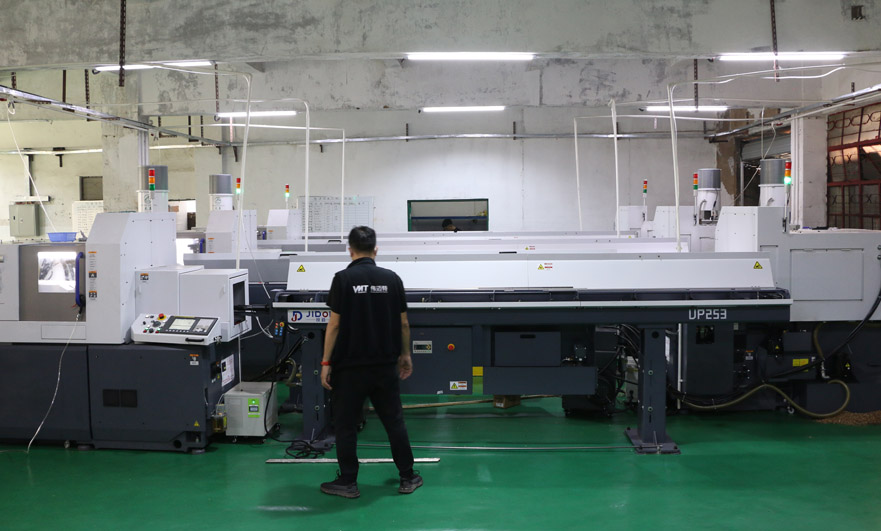In recent years, Citizen Swiss-type automatic lathes have been in the ranks of precision machining, but why more and more suppliers choose Citizen Swiss-type automatic lathes? What are their advantages? How does it work? This article will discuss with you the relevant knowledge of Citizen Swiss automatic lathes.
What is Citizen Swiss automatic lathe?
Citizen Swiss-type automatic lathe is a type of lathe. The first Swiss-type machine appeared in the 1870s. It began to be widely used in various fields from the 1960s to the 1970s. Citizen Swiss automatic lathe is also called Swiss turning center, Swiss automatic lathe or Swiss screw machine. The chuck or clamping mechanism is embedded behind the guide sleeve. A Swiss lathe is a machine that allows parts to move along the z-axis while the tool remains stationary.

How does Citizen Swiss automatic lathe work?
Citizen Swiss automatic lathe is a precision turning process. Unlike traditional CNC Swiss lathes, the tolerance range that can be processed is 0.0002 inches, and it can also produce stainless steel with a surface finish of Ra=16 (nm). The Swiss turning center has a moving headstock. When working, the workpiece is clamped on the chuck or chuck and directed toward the processing area through the guide sleeve. The headstock moves along the z-axis together with the bar material, and the bar material is accurately positioned in the radial direction. The turning tool is carried on the linked slide rail and can always be in very close contact with the material. The movement of the main shaft and the supply of the guide sleeve provide continuous feed.
Advantages of Citizen Swiss Automatic Lathe
1. Cycle time: Citizen Swiss automatic lathe shortens the cycle time, especially for complex parts.
2. Capability: Citizen Swiss automatic lathe has 5-axis or more axis control, and can perform multiple operations in a single machining cycle.
3. Headstock: Citizen Swiss automatic lathe has a movable headstock.
4. Guide bushing: In Citizen Swiss automatic lathe processing, the chuck holding the material can slide the bushing along the spindle box behind the guide rail, and the tool can be operated near the guide bushing. This configuration can prevent deflection and achieve the required Tolerance, no matter how long the workpiece is.
5. Programming: The Z axis of Citizen Swiss automatic lathe needs a “positive” offset, while a traditional lathe needs a “negative” offset.
Summarize
Compared with traditional lathes, Citizen Swiss-type automatic lathes have more controllable axes, shorter time costs, and higher accuracy. As competition intensifies, the labor costs, material costs, and site management costs of companies continue to rise, and corporate profits gradually Compression, the use of CNC Citizen Swiss automatic lathes to replace conventional machining will surely become the development trend of the enterprise.